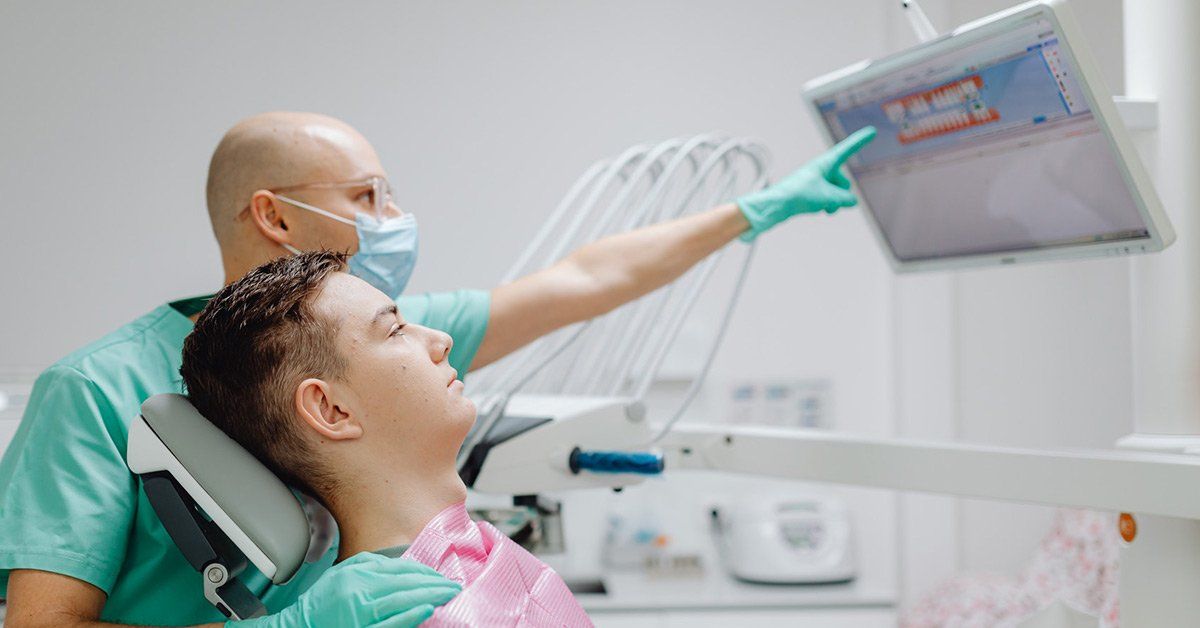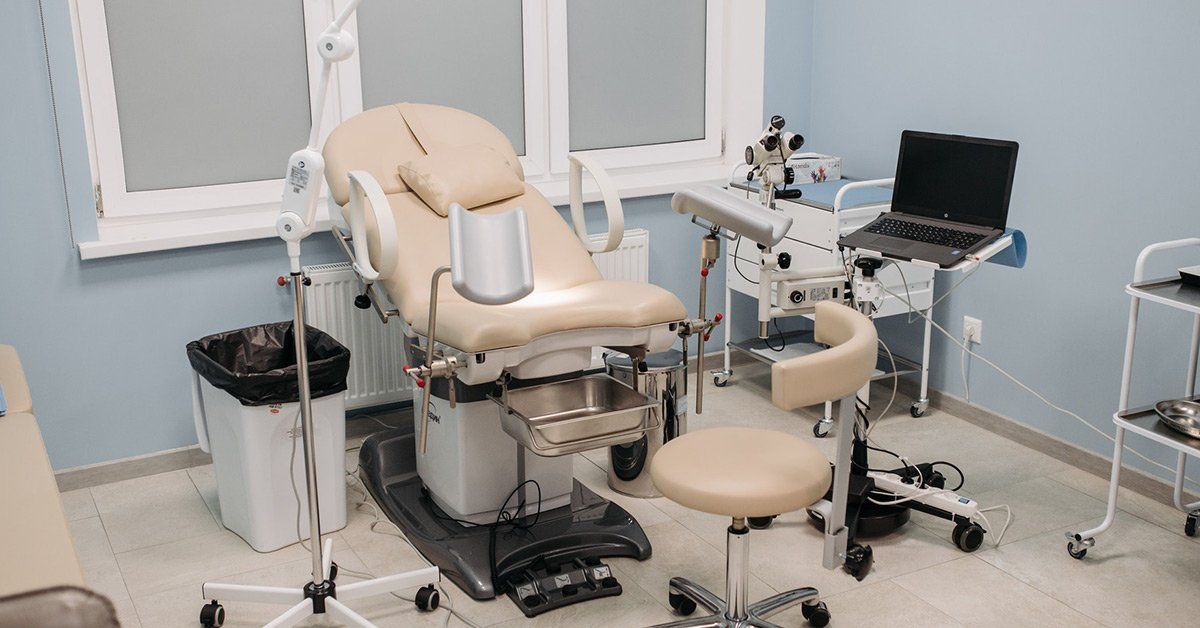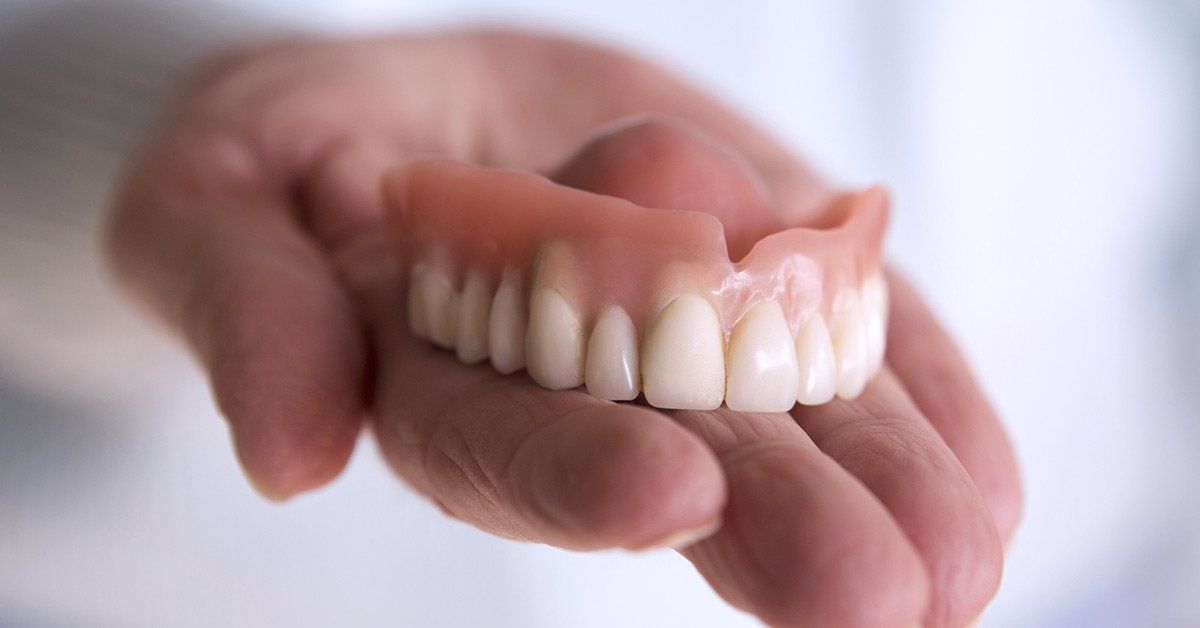Nature's Symphony
Everything to Know About the Dental Implant Procedure

When it comes to the dental implant procedure, there are several things you need to understand. This detailed guide has you covered.
Severe periodontal disease affects about 10% of the global population. Periodontal disease can result in tooth loss. Meanwhile, about 20% of people worldwide suffer from oro-dental trauma, which can also lead to lost teeth.
If you're missing a tooth, consider getting a dental implant. You can improve the appearance of your smile and avoid complications down the road.
What are dental implants, exactly? What does the dental implant procedure entail? Keep reading to find out!
Learning more about dental implants can help you determine if this type of procedure is right for you. You can discuss the benefits of dental implants with your Catoosa, OK dentist to make a more informed choice. Then, you can improve your smile, oral health, and more.
Read on to learn everything you need to know about dental implants today.
What Are Dental Implants?
Before we discuss the steps involved with a typical dental implant procedure, let's go over the basics. What are dental implants, exactly?
Dental implants are artificial tooth roots. They're placed into the jawbone surgically to replace a lost tooth.
Over the span of a few months, the bone that surrounds the implant will grow into place. The bone is responsible for ensuring the implant's stability.
Then, a dentist will add a replacement tooth atop the implant's metal connector. The implant and crown can then fill any gaps affecting your smile.
Before getting a dental implant, know there are two major types of dental implants available.
Endosteal implants are the more common type of dental implant. They're placed within your jawbone.
Endosteal implants are designed to look like small screws. They're created using body-safe materials like titanium. You won't have to worry about your body rejecting the implant.
Your dentist will surgically insert the endosteal implant deep within your jawbone. The surgery ensures the implant can replace your pre-existing tooth root.
A single implant can anchor one or multiple teeth.
The second type of dental implant is a subperiosteal implant. These implants are placed atop the jawbone. Subperiosteal implants are ideal if you don't have enough healthy jawbone to support an endosteal implant.
Instead of drilling the implant into the jawbone, your dentist will place this implant under the gumline. It's placed on or above the bone instead of within the bone.
Ask your dentist "what are dental implants" if you're missing one or more permanent teeth. These implants will function, look, and feel like your natural teeth. You can restore the appearance and functionality of your smile as a result.
The Benefits
What are the benefits of dental implants, then?
For starters, they can replace teeth you've lost due to infection, decay, disease, or injury. Replacing a missing tooth could help prevent bone loss. Otherwise, your jawbone will lack the stimulation it needs.
Without proper stimulation, bone loss could also impact your facial structure. Changes to the shape of your face might even make you look older. Getting a dental implant can provide your jaw with the necessary support.
You'll also give surrounding teeth the support they need, ensuring you maintain a straight, stunning smile. Otherwise, surrounding teeth might begin to lean toward the gap caused by a missing tooth.
Replacing a lost tooth with a dental implant can also restore your bite force.
Dental implants are anchored into your jaw. You'll maintain the ability to bite with the same amount of force you use with your natural teeth.
Some options for replacing lost teeth, including dentures, can impact your ability to speak clearly. If you're missing teeth, you could even develop a lisp. Since implants function and feel like natural teeth, they can also improve your ability to speak naturally.
Dental implants are also easy to take care of. You won't need any special products or tools. Instead, brush and floss as you normally would.
How to Prepare
The number of dental implants could increase by 23% between 2020 and 2026. You can prepare for your procedure by first scheduling a consultation.
During the consultation appointment, your dentist will ensure you're an ideal candidate for the dental implant procedure. Then, they'll develop your customized treatment plan.
If you plan on requesting IV sedation during the procedure, plan to have someone drive you home afterward. Avoid eating anything after midnight the night before the surgery.
If you intend on having local anesthesia, eat a light meal a few hours beforehand.
Your dentist might prescribe antibiotics, which you can take before the surgery. They might ask you to rinse with an antibacterial mouthwash beforehand, too.
If you smoke, talk to your dentist. Otherwise, smoking might impact the success of the procedure by slowing the healing process.
The Procedure
Your dentist will likely schedule your dental implant procedure over the span of several months.
During the first phase, they'll numb your mouth with local anesthesia or give you IV sedation. Then, they'll surgically place the implant. The dentist will create an incision in the gums to place the implant into the jawbone.
Once the implant is in place, they'll close your gums over the implant. Then, you'll need time to heal over the next few months.
Once the bone has grown around the implant (osseointegration), the dentist will place the abutment. This connecting piece is placed over the implant post. The abutment will hold your new tooth in place.
Your dentist will create a custom replacement tooth (the crown), which is then attached to the abutment.
After the dental implant procedure, you might experience swelling, minor bleeding, or bruising. You'll need to eat soft foods while you heal. Your dentist might recommend over-the-counter medications to ease your pain and discomfort as you heal.
You'll need to schedule regular follow-up appointments with your dentist to ensure you're healing properly. Make sure to brush and floss twice a day in the meantime.
The Dental Implant Procedure: Your Path to a Complete Smile
To recap, what is the dental implant procedure? This procedure can replace any missing teeth that are impacting your smile. Implants can restore your smile, improve your ability to chew, and more.
You can schedule an appointment with your dentist in Catoosa, OK to determine if you're an ideal candidate.
Eager to learn more? We're here for you.
Contact our dental team today to get started.
Your smile deserves the best
Harmony Family Dentistry
Office Hours:
Monday-Friday:
8:00am - 5:00pm
Links
Our Office
360-841-7677
All Rights Reserved | Harmony Family Dentistry
Website maintained by Xpress, INC











